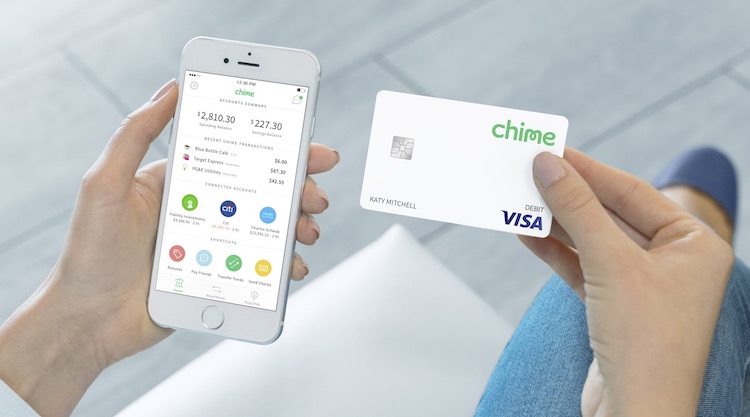The Customer Effect
1 million customers: Inside neobank Chime’s growth strategy
- Neobank Chime surpassed the 1 million customer mark
- Chime's revenue model so far has been on interchange fees, but it plans to grow its offerings through credit, loans and a product marketplace








